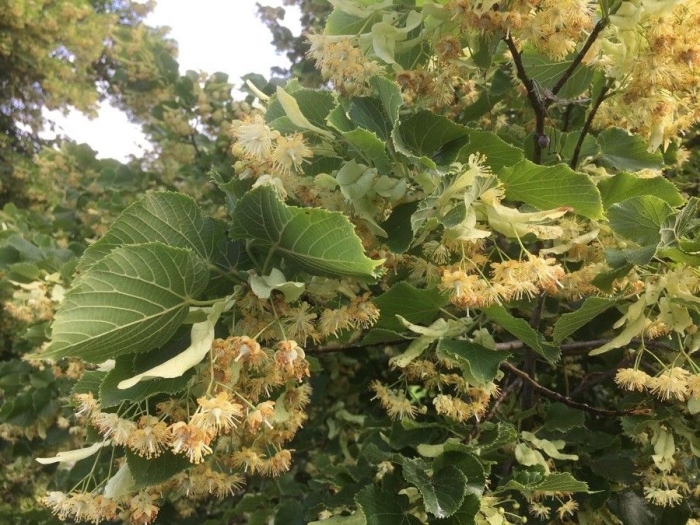Small-Leaved Lime
(Tilia cordata)
Small-Leaved Lime (Tilia cordata)
/
/

Halbe Rudolf
CC BY-SA 4.0






































































































Estimated Native Range
Summary
The Small-leaved Lime is valued for its dense canopy, providing excellent shade, and its ornamental qualities, including its symmetrical shape. It is commonly used in urban environments as a street tree and in parks and gardens for its aesthetic appeal. This tree prefers full sun to part shade and adapts well to a range of soil conditions, provided they are well-drained. It requires moderate watering and is relatively low-maintenance once established. While it is not typically invasive, it can spread in some non-native areas, so gardeners should consult local guidelines before planting.CC BY-SA 4.0
Plant Description
- Plant Type: Tree
- Height: 50-70 feet
- Width: 35-50 feet
- Growth Rate: Moderate
- Flower Color: Cream, Yellow
- Flowering Season: Summer
- Leaf Retention: Deciduous
Growth Requirements
- Sun: Full Sun, Part Shade
- Water: Medium
- Drainage: Fast, Medium
Common Uses
Bee Garden, Bird Garden, Butterfly Garden, Deer Resistant, Drought Tolerant, Edible*Disclaimer: Easyscape's listed plant edibility is for informational use. Always verify the safety and proper identification of any plant before consumption., Fire Resistant, Fragrant, Hedges, Hummingbird Garden, Street Planting
Natural Habitat
Broadleaf temperate forests, forest edges, and riparian zones across much of Europe
Other Names
Common Names: Small-Leaved Lime, Linden, Small-Leaf European Linden, Small-Leaf Lime, Small-Leaf Linden, Little-Leaved Linden, Small-Leaved European Linden, Small-Leaved Linden, Småbladet Lind, Winterlinde
Scientific Names: , Tilia cordata, Tilia ulmifolia, Tilia parvifolia, Tilia sylvestris, Tilia microphylla, Tilia latebracteata, Tilia hoffmanniana, Tilia silvestris, Tilia betulifolia
GBIF Accepted Name: Tilia cordata Mill.